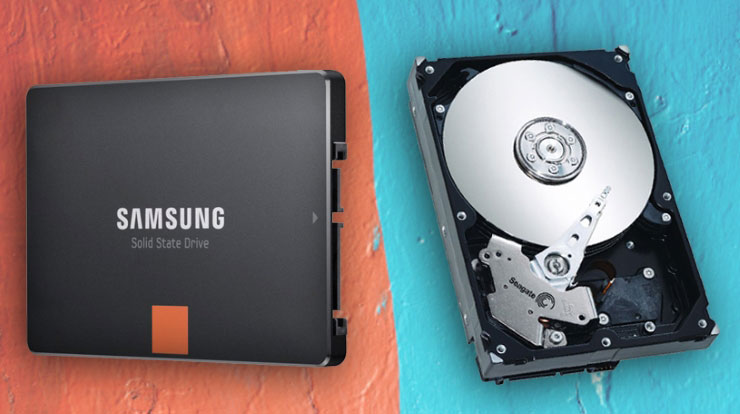HDD won't survive past 2020, according to DRAMeXchange
The good old Hard Disk Drive is on its way out, with SSDs and flash drives being the last nails in its coffin.
To say that it’s been a long time coming, would be an understatement: spinning drives are not unlike ticking timebombs for you data. One day you have Terabytes of data saved up, the next you have nothing but the click of death counting down the the last byte circling the drain.
Right alongside data safety issues, the average user goes through several bad drives over a lifetime, which makes it also an environmental concern, with a staggering amount of those inert metal boxes, cluttering landfills.

Finally, performance-wise, HDDs simply can’t match the speed and reliability of SSDs in providing virtual memory for applications, on both Macs and PCs. When upgrading to an SSD from an HDD on an older MacBook, for instance, there is a night/day difference in overall performance. This is due to the fact that a computer is only as fast as it’s weakest component.
The only point of leverage for spinning drives, at least up until a few short years ago, was price. Today, the cost of a good quality 3TB HDD, is closing in to falling below the $100 mark. “Sadly” this price drop will not save the HDD from its fate, as the last point of leverage is about to be eaten up by the inexorable price drop of SSDs and flash drives.
Down to the numbers
According to research firm DRAMsXchange, the average cost of SSDs per Gigabyte in 2016 is $0.24, which fell, this same year, from an average $0.39. By this trend, the cost of SSDs is 2017 is expected to drop down to $0.17 per Gigabyte. By comparison, the cost of HDD storage is expected to stall permanently at $0.6.
What this means, is that by next year, a 256GB SSD will cost about the same as a 1TB HDD, and exponentially closing in, with prices falling on a yearly basis. Also according to DRAMeXchange’s Alan Chen, SSD adoption in both Windows 10 laptops and Apple MacBooks is expected to rise from its current 26%, to 42% by 2017. The higher adoption rate of SSD’s by computer manufacturers, coupled with consumers quickly outgrowing HDDs as a storage option, is very likely to bring SSD prices down to current HDD standards by 2020, effectively killing the HDD in the process, in favor of mass adoption of Solid State Drives, PCIe flash storage, and similar storage methods.
Early impact on consumers
The impact on what consumers will have available in the realm of Windows 10 laptops, desktop and all-in-ones, as well as next generation Apple Macs is expected to be felt as early as 2017, with much more affordable SSD upgrades, and entry-level configurations available, while the price of HDDs will remain the same.